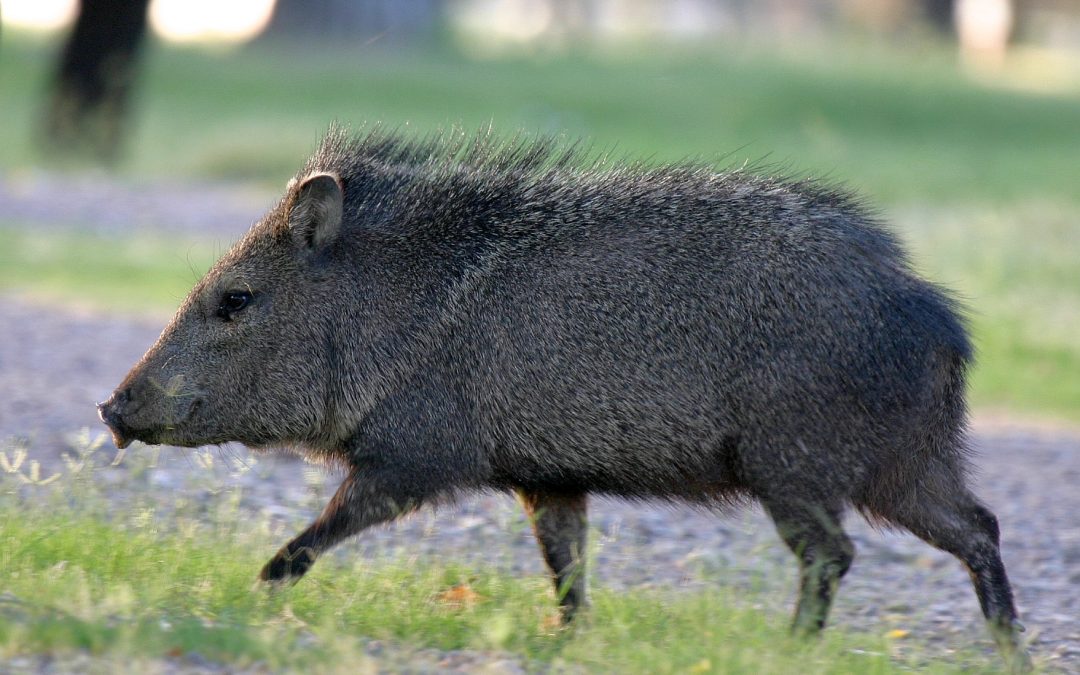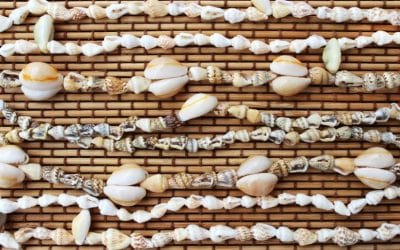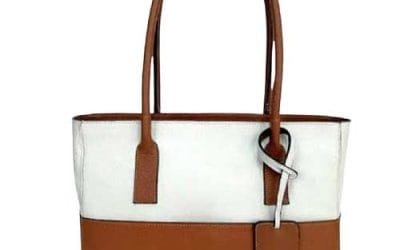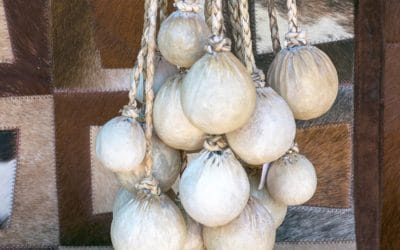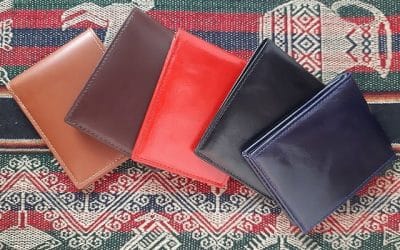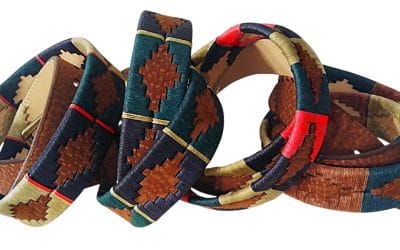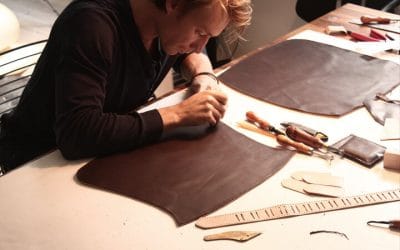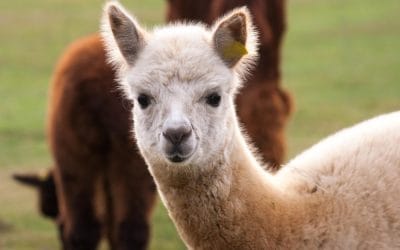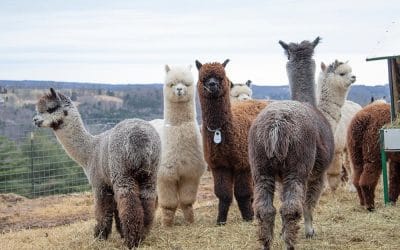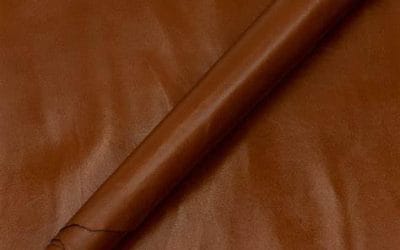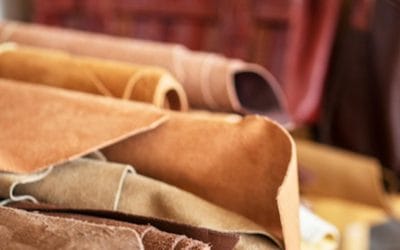Exploring the Collared Peccary: An Intriguing Resident of Argentina’s La Pampa
The Collared Peccary, known in some regions as the ‘javelina,’ is a captivating mammal with a unique presence in Argentina’s diverse ecosystems. This intriguing creature, closely related to the warthog, can be found in a variety of habitats including wet and dry tropical forests, chaparral, and grasslands. In Argentina, the Collared Peccary predominantly inhabits the La Pampa province, extending its range to Central America and the southwestern United States.
Physical Characteristics
The Collared Peccary stands about two feet tall at the shoulder and possesses a robust, pig-like physique. Its large head, sturdy body, and relatively small legs with hoofed feet contribute to its distinctive appearance. The peccary’s fur is a grizzled mix of gray and brown, which blends seamlessly into its environment. A notable feature is the grayish-white band of fur encircling its neck, which sets it apart from other similar species.
Adaptations and Behavior
Equipped with small, straight tusks in its lower jaw, the Collared Peccary uses these tusks primarily for digging and foraging. Its diet includes a variety of plant materials such as fruits, seeds, and roots, which it locates using its keen sense of smell. Social animals, Collared Peccaries often live in small herds that cooperate in finding food and protecting each other from predators.
Economic and Fashion Uses
Beyond its ecological role, the Collared Peccary is also valued for its hide, which is used in the fashion industry. The hide is known for its durability and distinctive texture, making it a popular choice for high-quality fashion items. Artisans craft the peccary hide into stylish accessories such as ladies’ handbags and gloves, prized for their unique appearance and luxurious feel. The natural pattern and texture of the peccary hide add an element of sophistication to these fashion items, making them sought after in upscale markets.
Conservation and Habitat
In Argentina, the Collared Peccary plays a crucial role in maintaining the balance of its ecosystem. While not currently listed as endangered, the species faces potential threats from habitat destruction and environmental changes. Conservation efforts are essential to ensure the survival of this unique mammal and the preservation of its natural habitats.
By understanding and appreciating the Collared Peccary, we gain insight into the rich biodiversity of Argentina and the broader regions it inhabits. Its distinctive characteristics, ecological significance, and role in fashion highlight the importance of protecting this remarkable species and its environment.
Read more about the Collared Peccary: Click Here
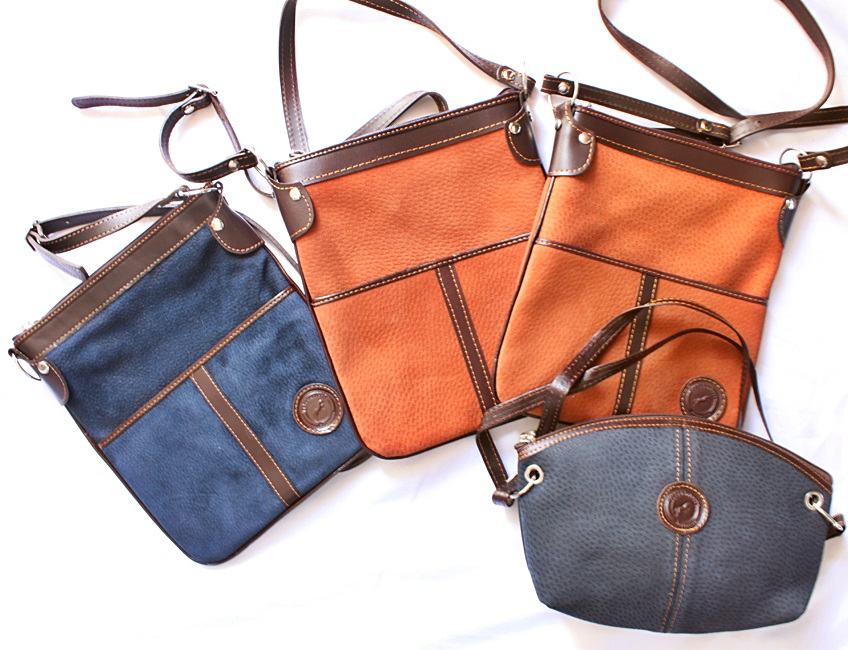
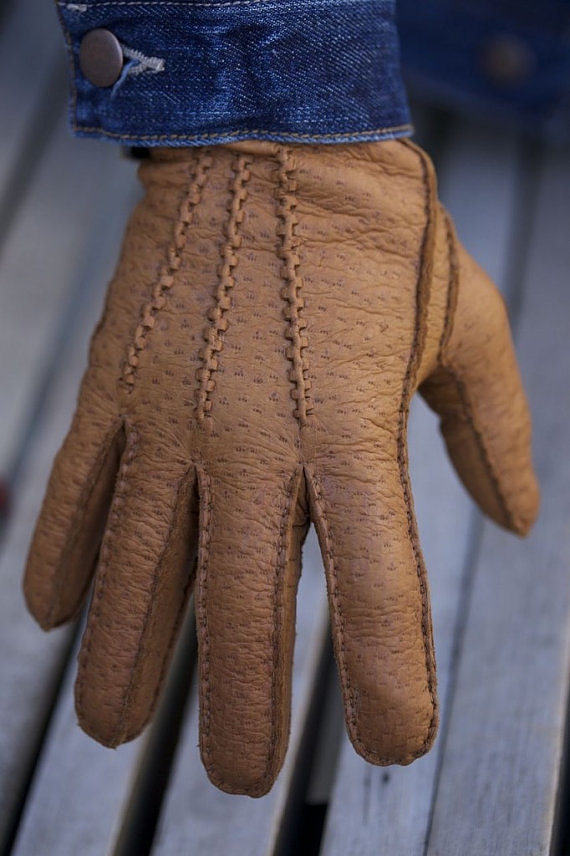
CONSIDERED AN EXOTIC HIDE – “PECCARY”
a brief history of necklaces: how they became a fashion staple
Necklaces have been around for centuries, and their popularity has only grown in recent decades....
the history of women’s leather tote bags
There’s something about a woman with a leather tote bag that just screams “power.” For centuries,...
boleadoras: a traditional argentine weapon
Boleadoras, also known as bolas, are a traditional Argentine weapon that consist of three balls...
the long and winding history of the men’s wallet
It’s hard to imagine a world without wallets. They’ve been around for centuries, and have served...
the tail of the polo belt – the best way to keep your pants up
There's a reason Argentine leather polo belts have been so popular for centuries. The gaucho belt...
this history of handbags
Handbags are more than just a fashion accessory for women. They come in all sorts of shapes and...
alpaca fiber: the softest, most luxurious material you’ve never heard of
Have you ever heard of alpaca fiber? This fiber is the softest, most luxurious material you’ve...
what is alpaca fiber? an introduction to the worlds softest & most luxurious fibers! – alpaca!
Alpaca fiber, also known as alpaca wool, is one of the most luxurious and sought-after fibers in...
goatskin hides products explained ~ and their advantages to cowhide leather
Goatskin is a tanned and sometimes cured, same as is cow leather, yet they have very distinct...
no diga cuero si es plÁstica – or in english….”don’t call it leather if it’s plastic”!
No diga cuero si es plàstico. In other words: “Don’t call it leather if its plastic”! That’s the...

